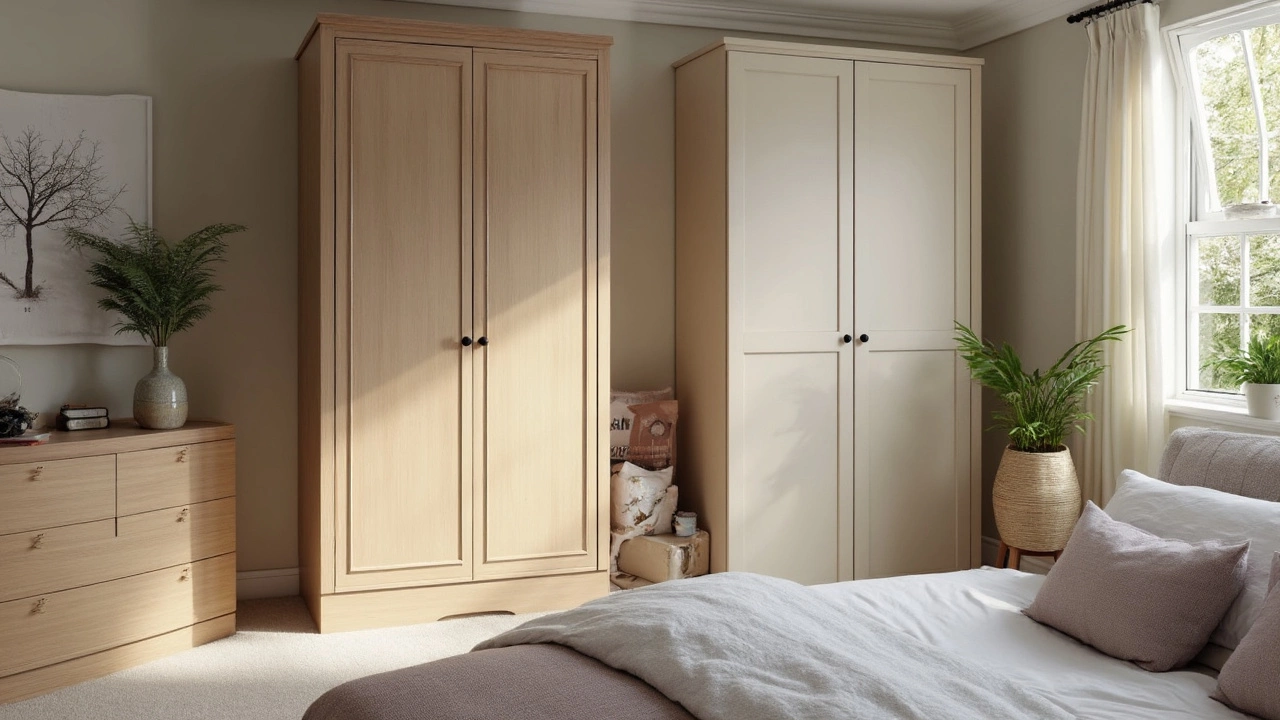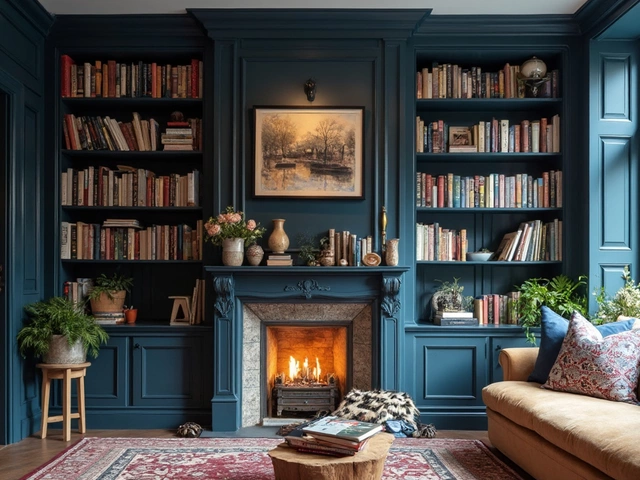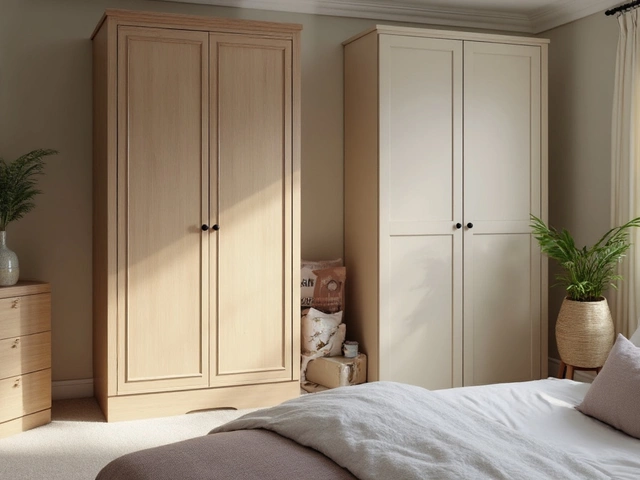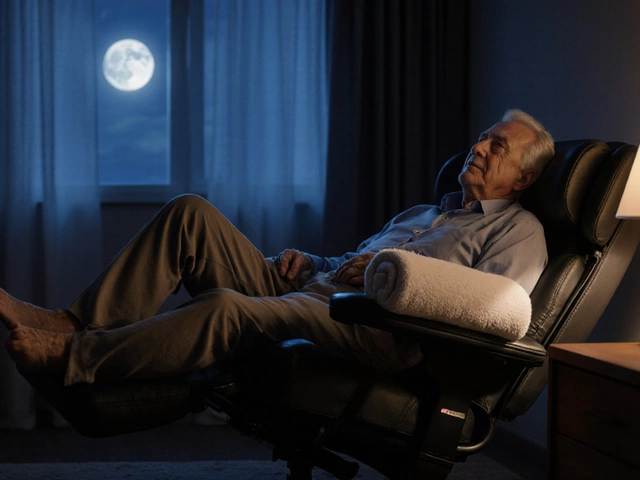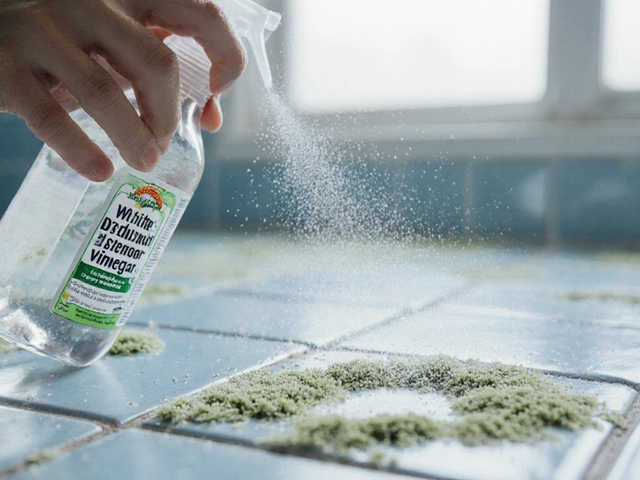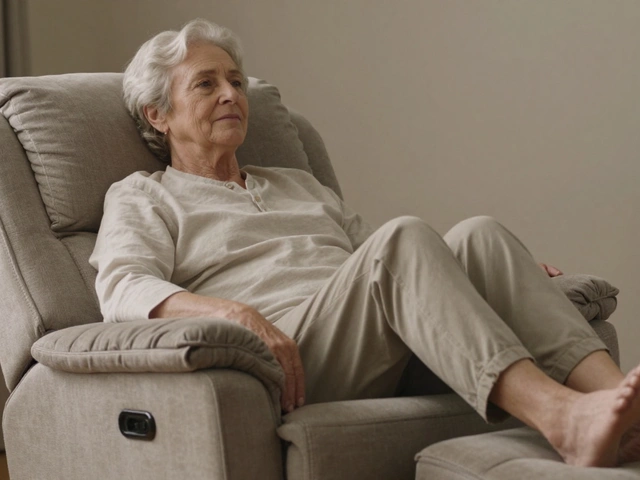Space-Saving Furniture Ideas for Small Rooms
Running out of room feels like a daily battle, but the right pieces can turn a cramped space into a tidy, functional area. Below you’ll find a mix of real‑world tips and product ideas that actually work, no fluff.
Compact Desks and Chairs
If a desk eats up half the classroom or home office, look for a wall‑mounted or fold‑down model. A simple drop‑leaf desk folds up when you don’t need it, leaving a clear wall for displays or whiteboards. Pair it with a lightweight ergonomic chair that swivels on a thin base – the kind that slides under the desk when you’re not using it. This combo cuts floor space by up to 40% compared with a traditional set.
For schools, a row of these desks can be re‑arranged quickly for group work or solo study. The key is to choose a desk with built‑in cable management so cords don’t become a tangled mess. A chair with a breathable mesh back adds comfort without adding bulk.
Multi‑Functional Pieces That Do Double Duty
Think beyond a single purpose. A bench with hidden storage underneath can serve as seating at the back of a classroom and a place to stash books or supplies. Look for a sturdy frame and a lid that lifts easily – no heavy hinges.
Sofas and couches with built‑in storage are another win. A low‑profile sofa that opens up to reveal a compartment can hold laptops, textbooks, or even a spare lesson plan binder. The fabric should be durable and easy to clean, especially in high‑traffic areas.
When it comes to TV or media setups, you don’t always need a bulky stand. A wall‑mounted shelf combined with a floating console can hold the screen, speakers and a few accessories while keeping the floor clear. This setup also reduces the chance of kids tripping over cords.
Creative alternatives to traditional TV stands include using a narrow bookshelf, a set of stacked crates, or a sleek ladder rack. All of these keep the equipment accessible and give you extra shelves for books, plants, or classroom materials.
Storage furniture doesn’t have to look like a closet. Open shelving units with adjustable heights let you store bins, toys, or teaching aids without hiding them away. When the shelves are placed against a wall, they free up central floor space for activities.
Finally, don’t forget the power of vertical space. Tall, narrow bookcases or pegboards can hold a surprising amount of items. Install hooks for bags, coat hangers, or even small whiteboards. The result is a clutter‑free floor and a wall that actually helps you stay organized.
Putting these ideas together creates a room that feels bigger, works better, and looks tidy. You don’t need to overhaul the whole space; swapping a few key pieces can make a huge difference. Give one or two of these suggestions a try and watch how much more you can fit into the same square footage.
